Global circus artists gather at the cradle of Chinese acrobatics
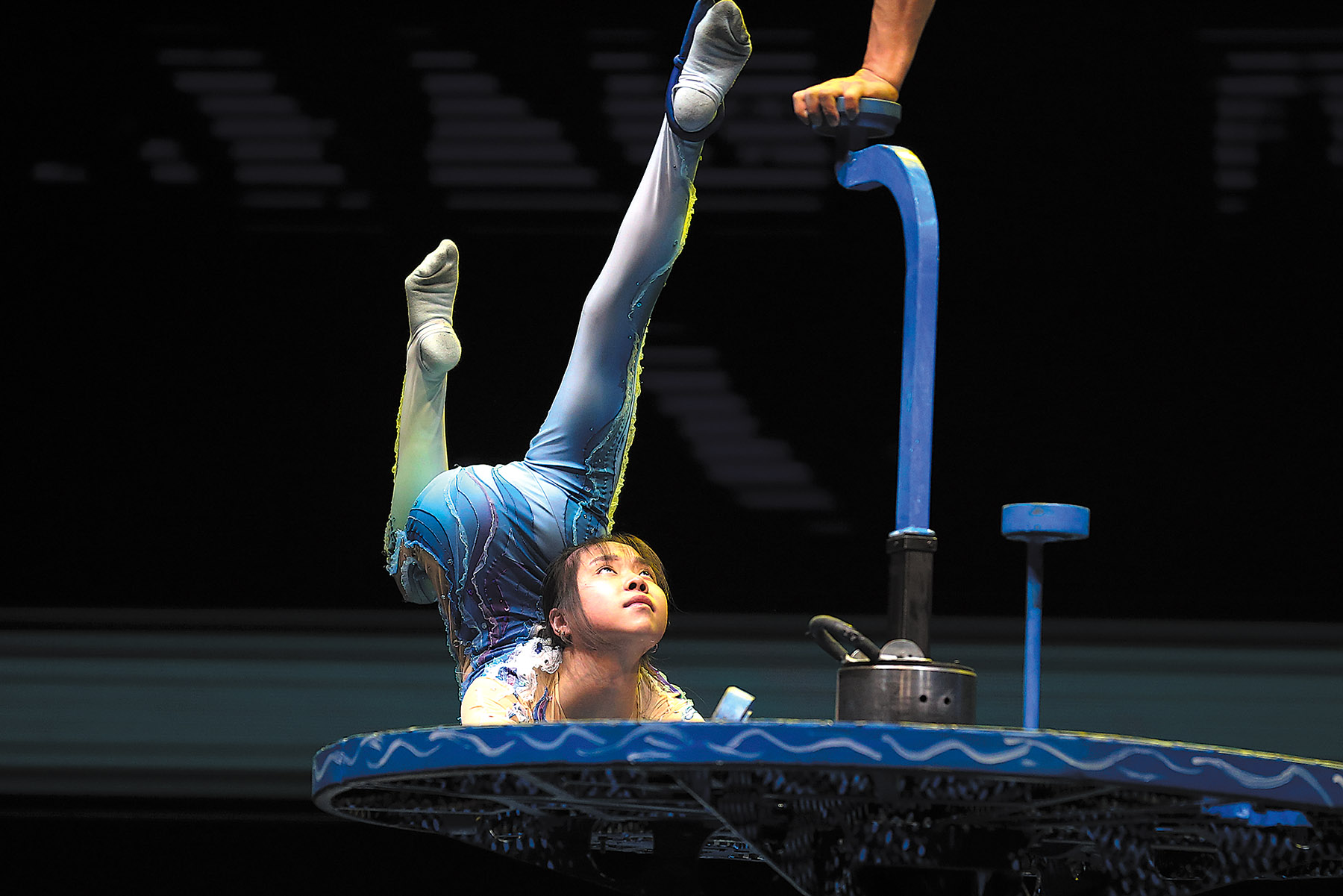
It was a clear evening in late September, and music echoed through the streets in Wuqiao as acrobats from home and abroad merged into a moving spectacle. Classic Chinese acrobatic acts, including bowl balancing and dragon dance, were put on stage. From within the vibrant parade leapt a familiar figure: a Chinese acrobat dressed as Sun Wukong, the Monkey King from Journey to the West, who joined Tanzanian performers in dancing and cheering to the rhythm of African drums.
The parade marked the opening of the 20th China Wuqiao International Circus Festival, or CWICF. Established in 1987 and held every two years, the CWICF has grown into one of the world's best-known acrobatic events, standing alongside the Monte-Carlo International Circus Festival in Monaco and the Festival Mondial du Cirque de Demain in Paris.
Widely regarded as the "cradle of Chinese acrobatics", the acrobatic tradition in Wuqiao grew both from hard times and opportunity: impoverished, flood-prone farmland once forced locals to turn seasonal off-farm work into a livelihood, transforming daily tools into props for performances. Its location along the Grand Canal of China also helped spread the art to wider audiences.
A total of 28 programs from 19 countries and regions were shortlisted from more than 600 submissions for this year's festival. Two Chinese acts won the top honor — one blending traditional lion dance with modern innovation, and another displaying exquisite bowl-balancing techniques. The National Circus of the Democratic People's Republic of Korea also earned a Gold Lion prize for its high-difficulty Flying Trapeze. Other award-winning performances from Bulgaria, Canada, Mexico, Mongolia, Russia, Tanzania, and Ukraine captivated audiences with their creativity and style.
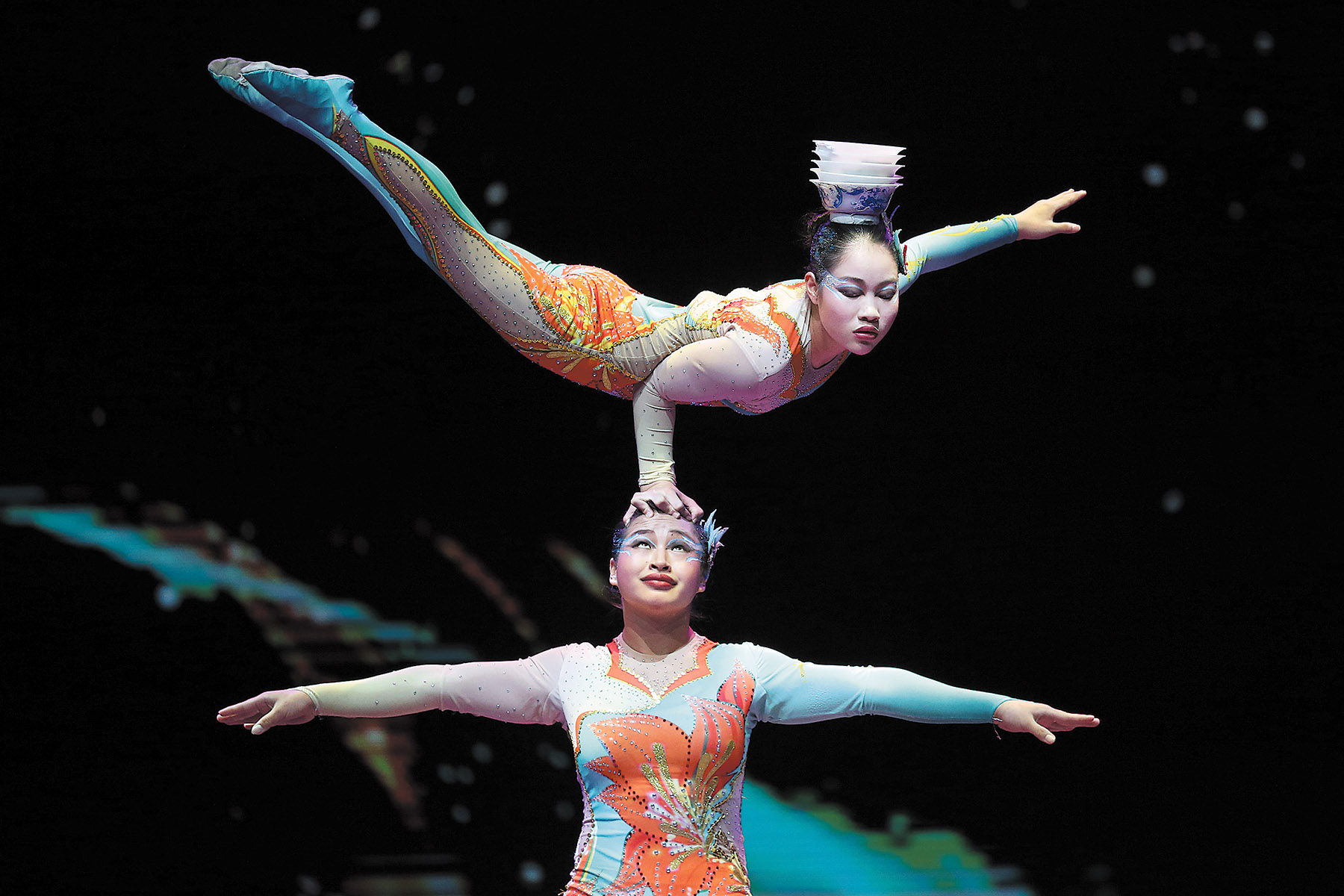
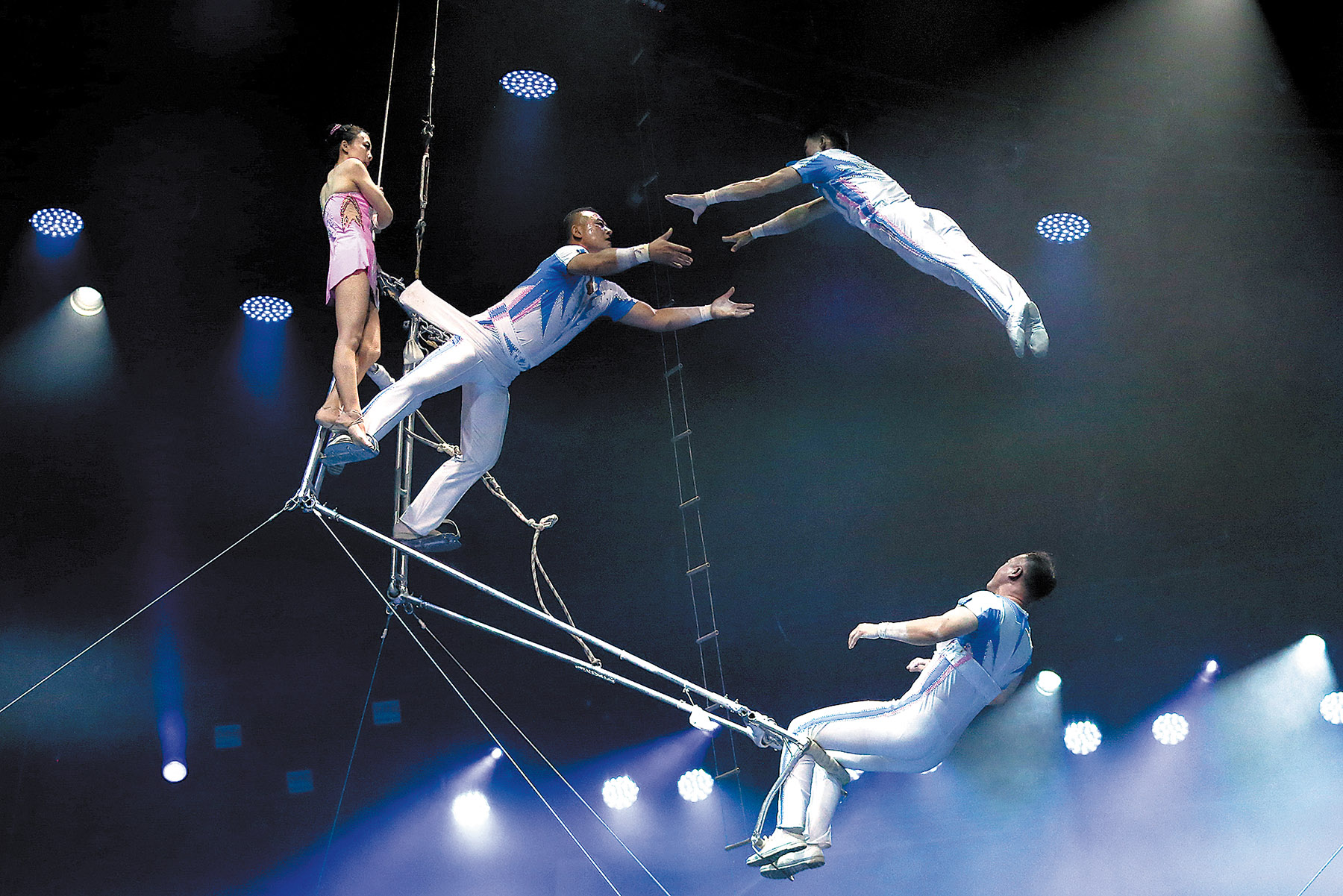
For Chris Aguirre, a Chilean juggler and fifth-generation circus artist, performing in Wuqiao is a dream come true. "My father, my grandmother, my uncle, my great-grandfather — even my wife — we're all acrobats," he said with a laugh after a rehearsal.
Aguirre was especially impressed by Lotus Dance — Bowl Balancing from the Sichuan Suining Acrobatic Troupe, performed by three teenage girls. "We met at a circus festival in Spain this February, where they won the highest award. Now we meet again in Wuqiao. That's what I love about Wuqiao, all top-level artists," he said with a smile.
Omary Mohammed from Tanzania arrived in Wuqiao two weeks before the festival for on-site adaptive training at the Oriental Acrobatics Center — a newly built 2,000-seat theater with a 20-meter-high stage. "The equipment and the theater are amazing, totally different from back home," he said.
Mohammed was also impressed by the Wuqiao Acrobatic Art School, located next to the theater. "We don't have anything like this. We trained from You-Tube videos," he said.
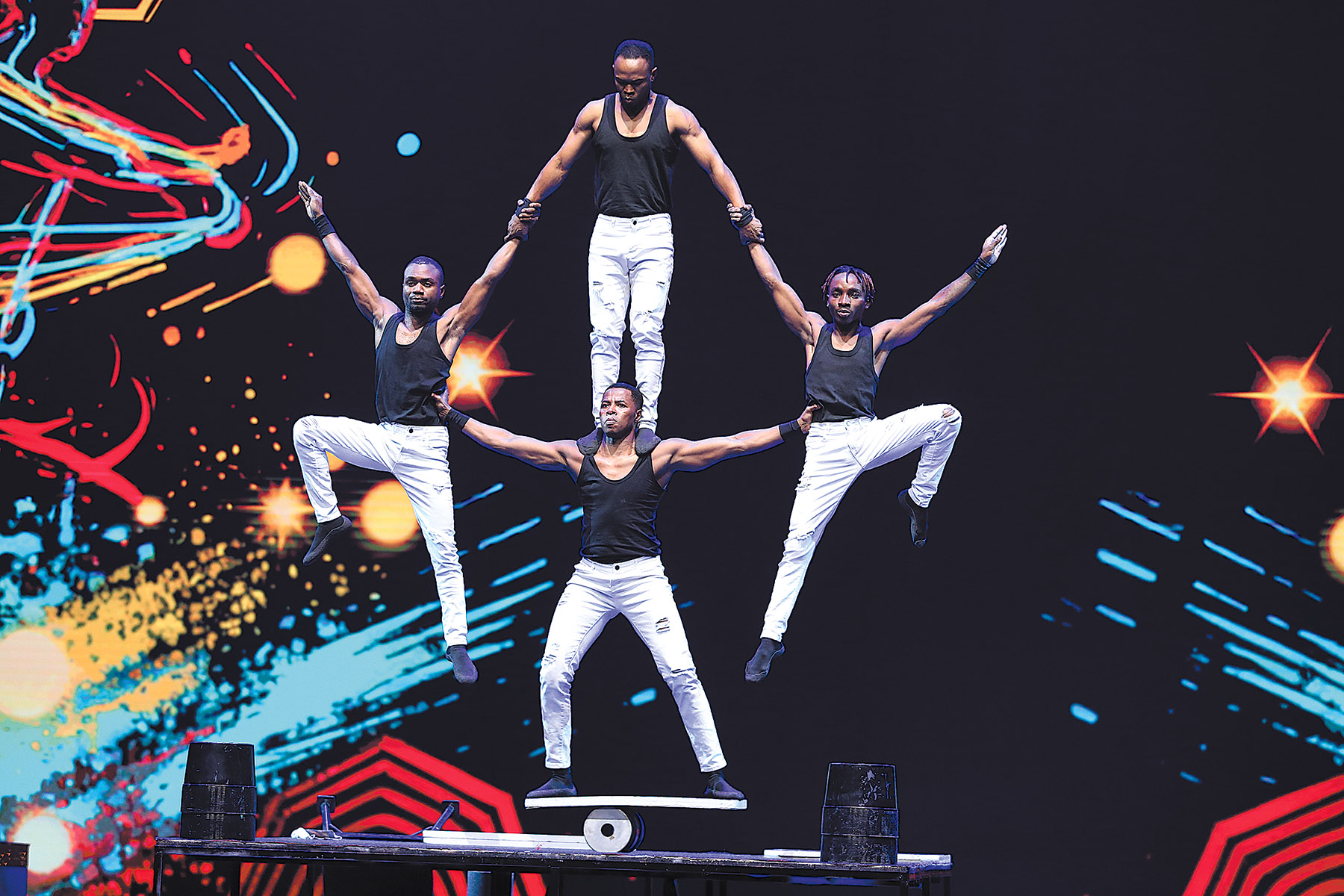
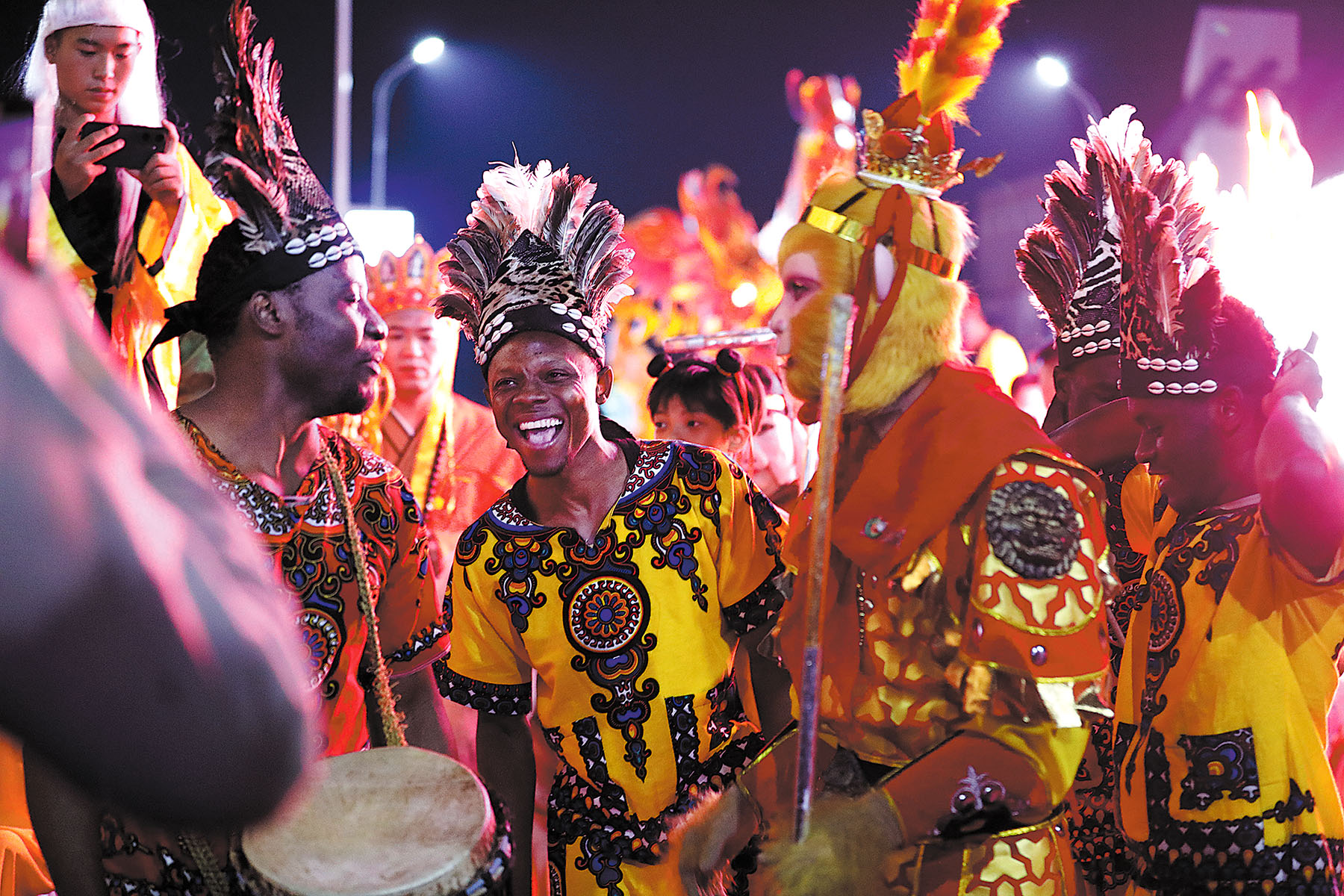
International hub
Founded in 1985 as China's first acrobatic school, the Wuqiao Acrobatic Art School has, over the past four decades, trained performers for troupes across China and in countries including Ethiopia, Tanzania, Kenya, the United States, and Japan — becoming a global hub for acrobatic talent.
Jasmine Straga, director of the World Circus Federation and a jury member, described Wuqiao as "the world's oldest surviving acrobatic city." She said, "I see the circus in China as a living tradition. From my very first visit in 2007, I've been awed by the visual poetry of Chinese acrobatics," she said. "It's more than entertainment — it's a symbol of resilience and artistry."
Peter Dubinsky, president of Firebird Productions Circus International of the US, has been a constant CWICF jury member since 1999. He recalled the festival's debut in 1987 while he was working as the director for the Moscow Circus, "In our office in Moscow, people discussed about it." Over the decades, he has witnessed the festival's growth and innovation. Chinese acrobatics are leading in the world today. At the same time, we expect to see something new," he said.
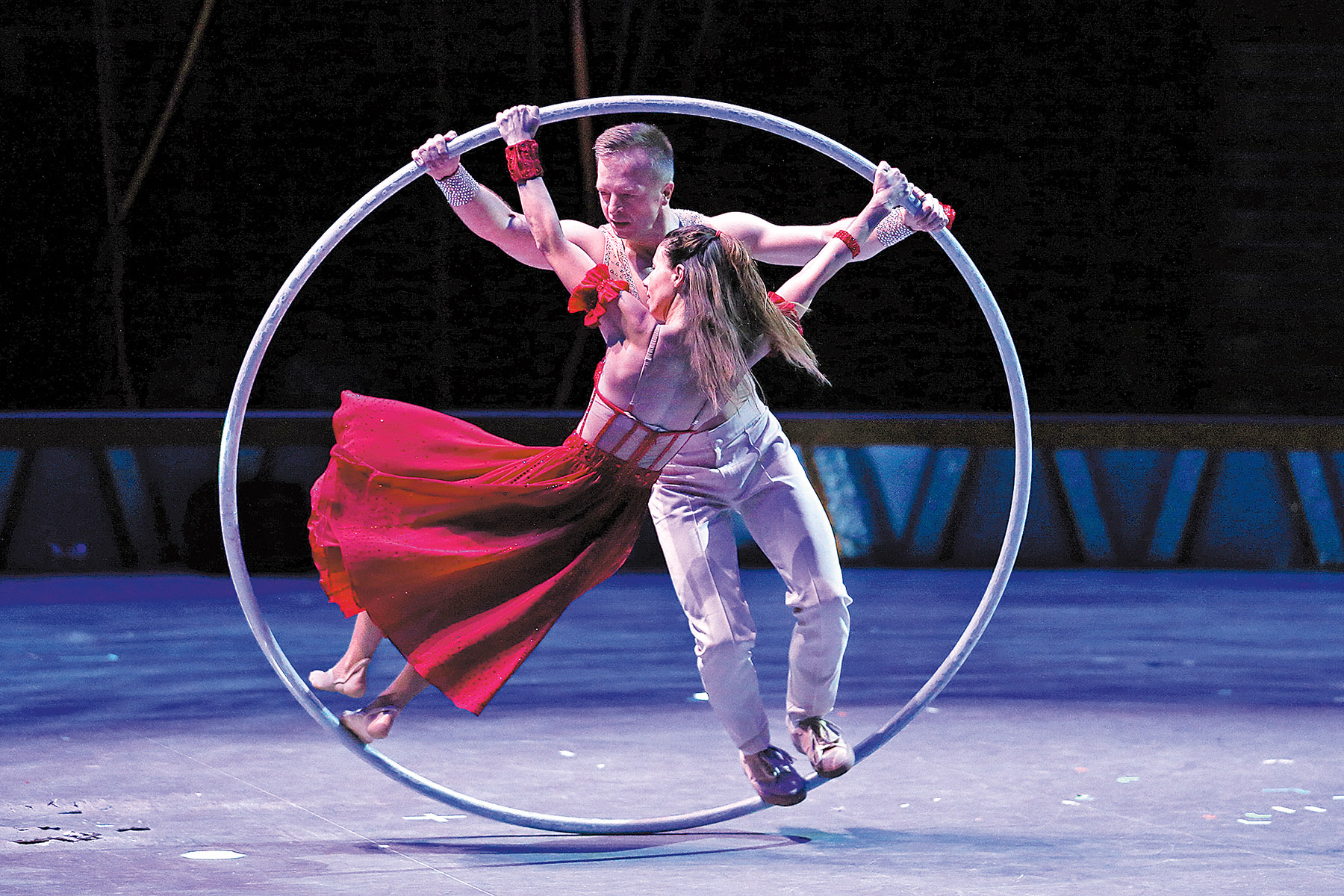
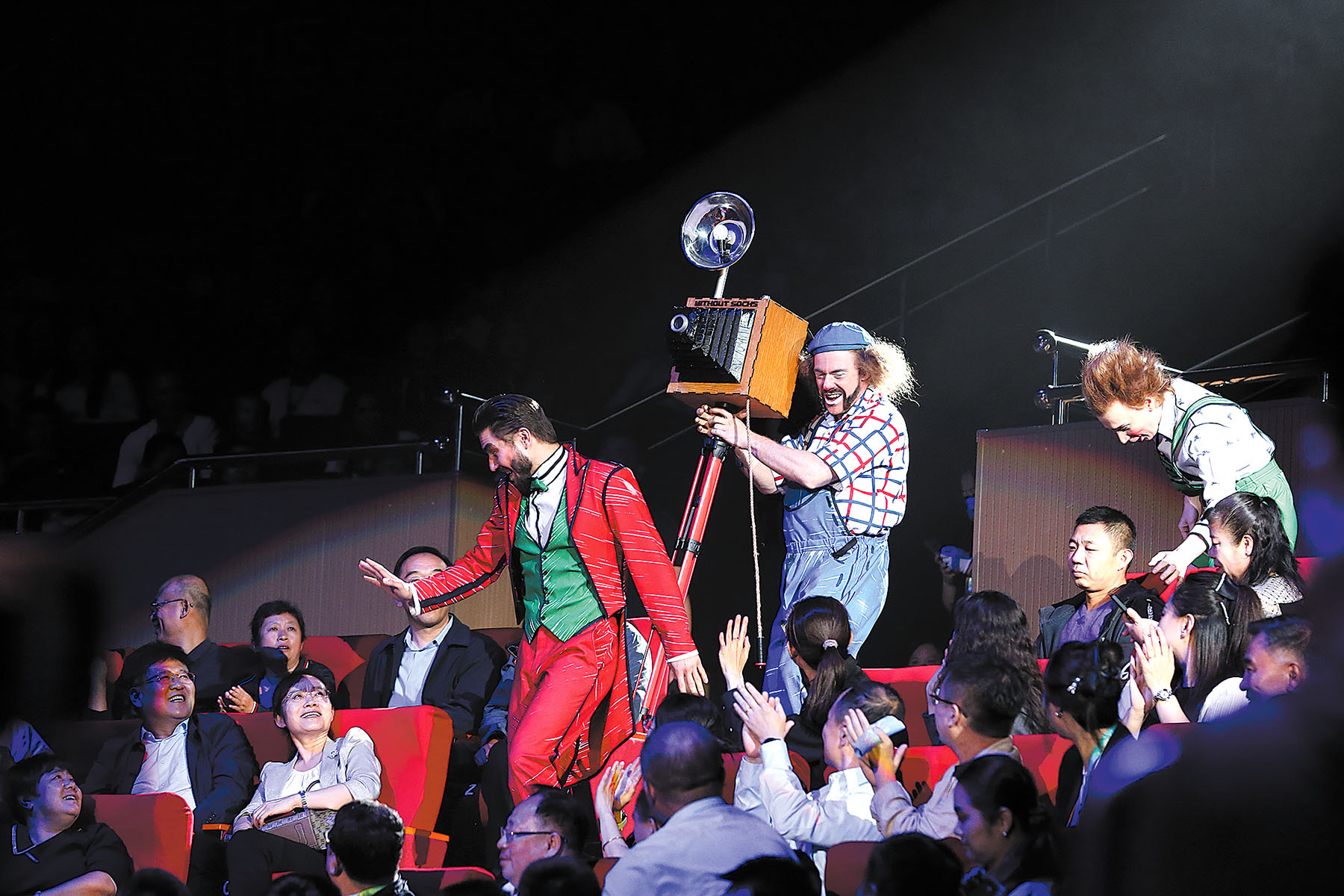
In 2006, Wuqiao acrobatics was inscribed on China's list of national intangible cultural heritage, marking official recognition of a 3,600-year-old tradition that continues to evolve.
Yet, challenges remain. Training is grueling, injuries are frequent, and younger generations often turn away from the discipline's hardships. At an academic forum held during the festival, Bian Faji, president of the China Acrobats Association, called for renewed attention to research and storytelling.
ALSO READ: Me and My Youth
"Acrobatics has long been an art of the people," Bian said. "Today, we speak not only of skills but of narratives — how to tell good stories through acrobatics. "
Bian described acrobatics as "an art built on trust and life itself", reflecting qualities of resilience and courage that resonate with the spirit of the Chinese people: "I put my life in your hands. I trust you, and together we bring this ancient art to life."
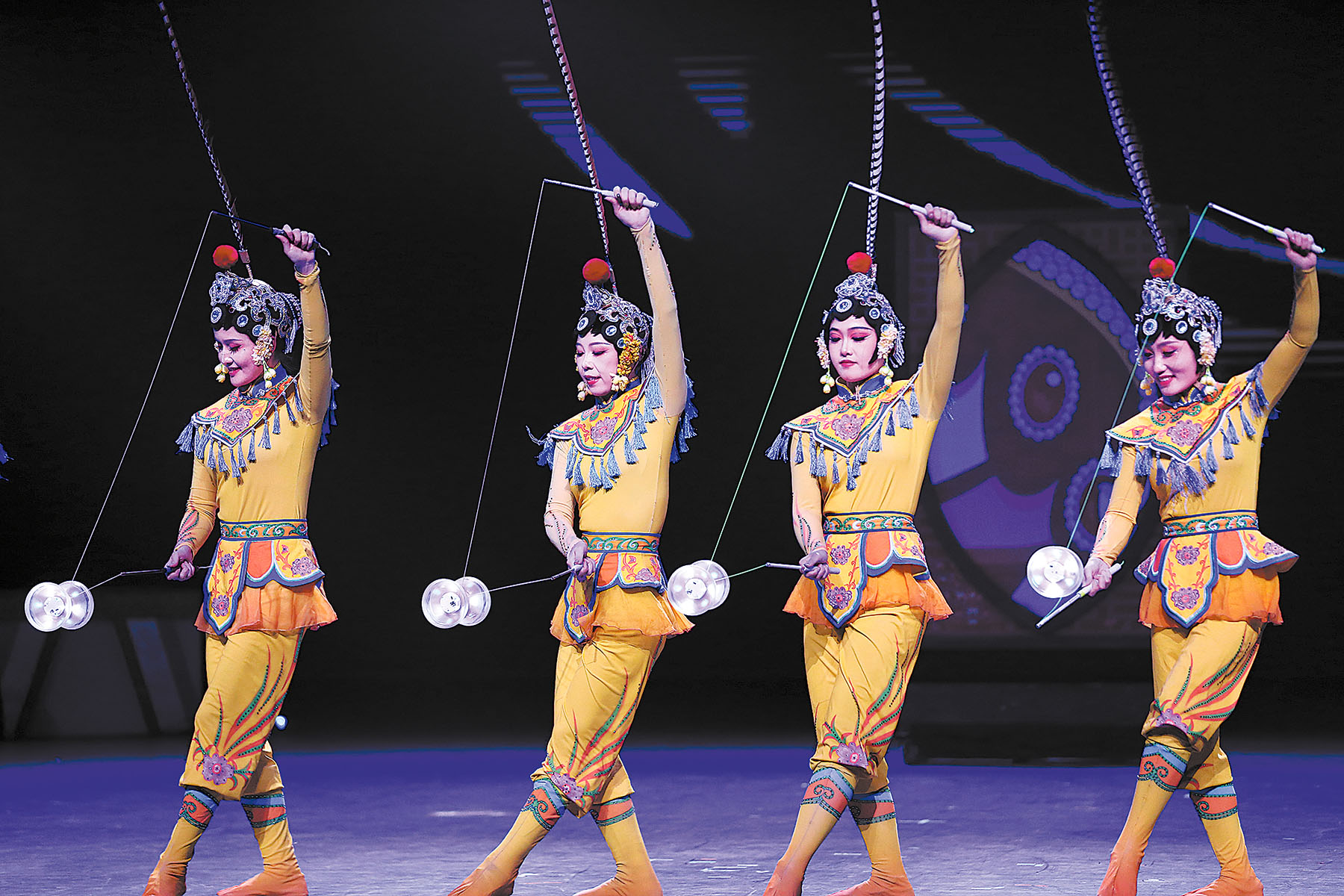
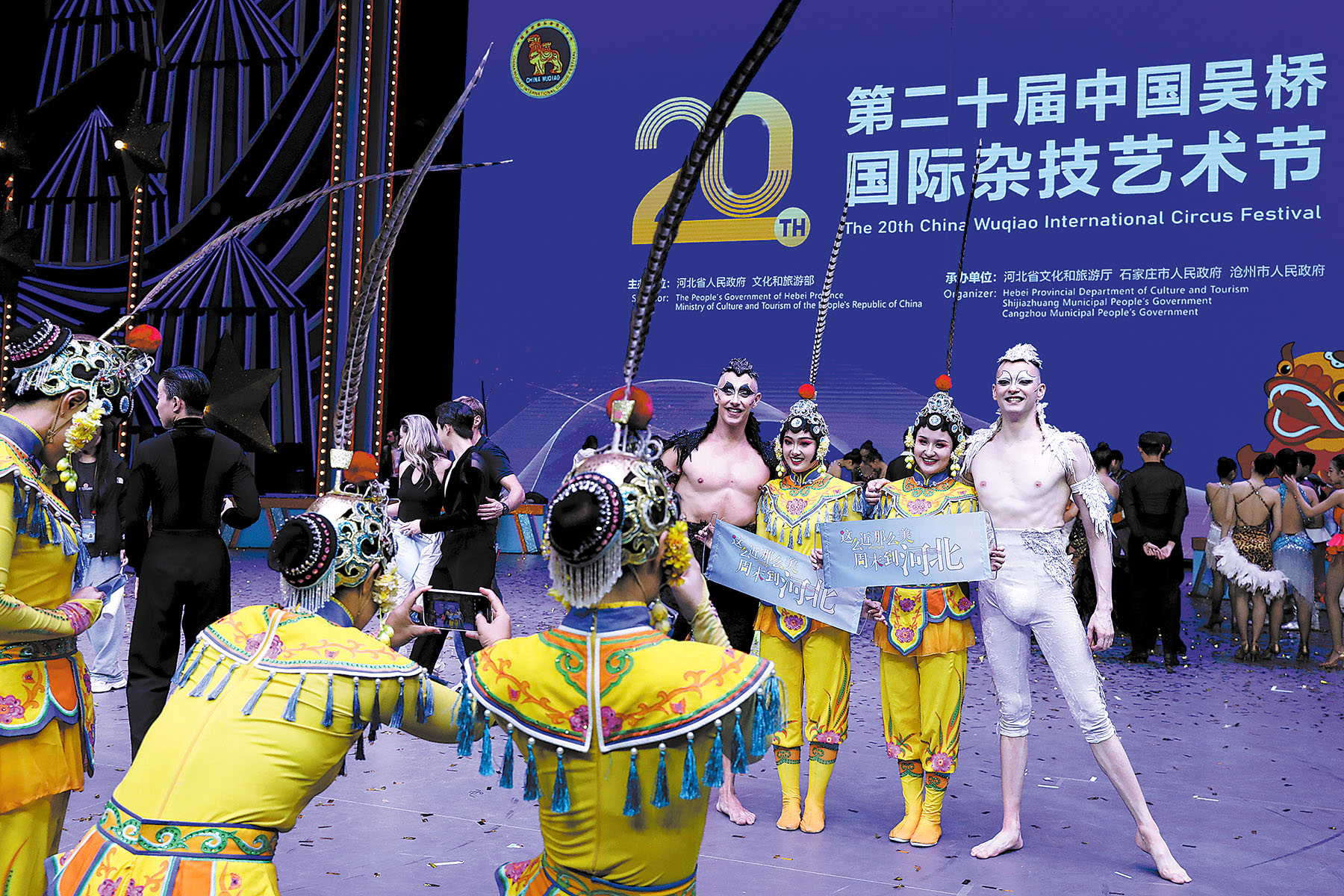
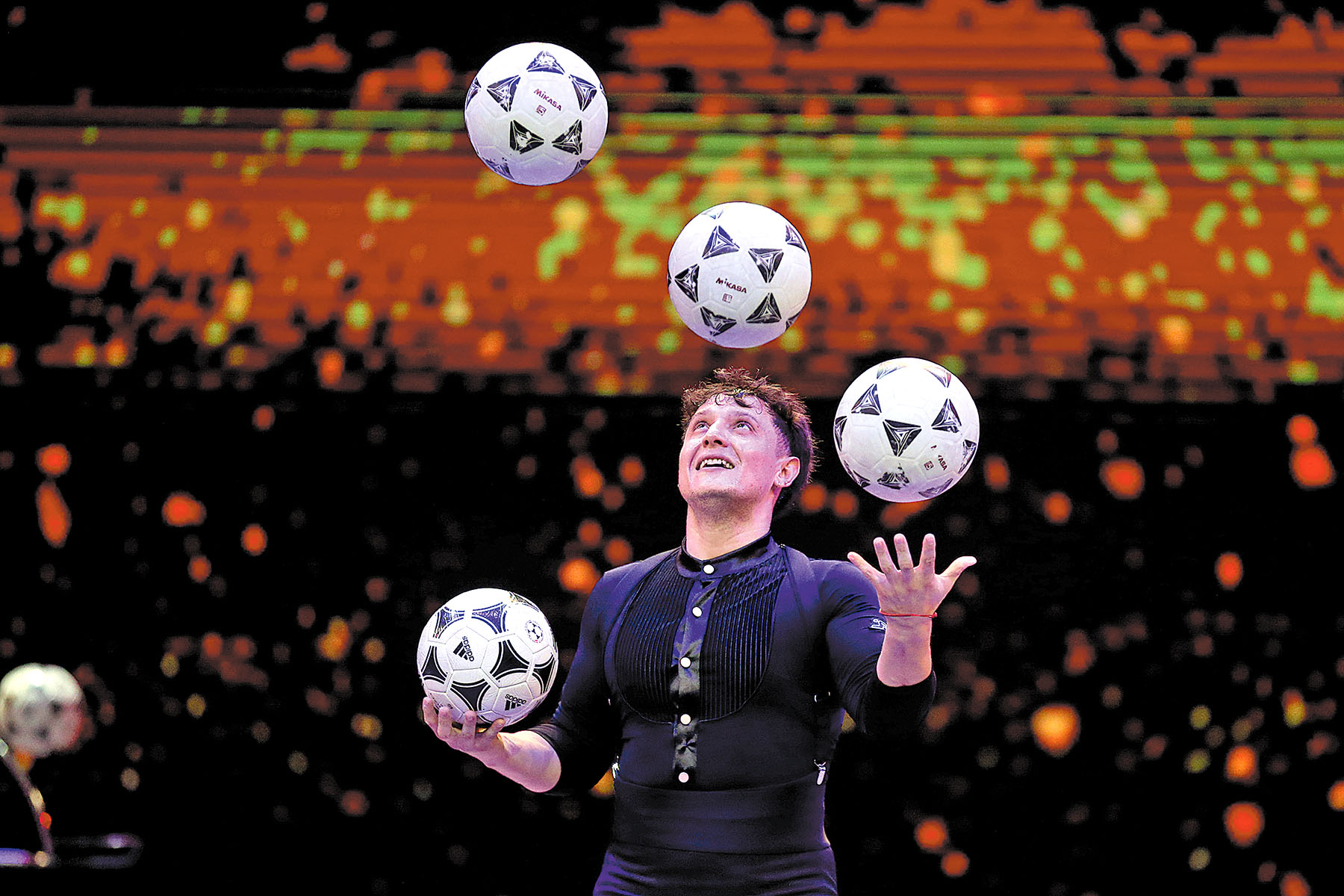
Contact the writers at wuxiaohui@chinadaily.com.cn


